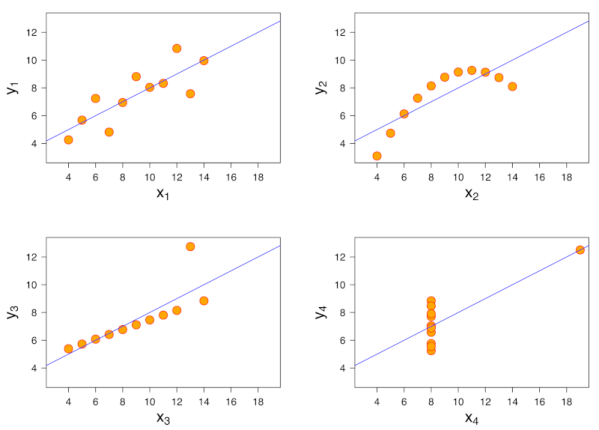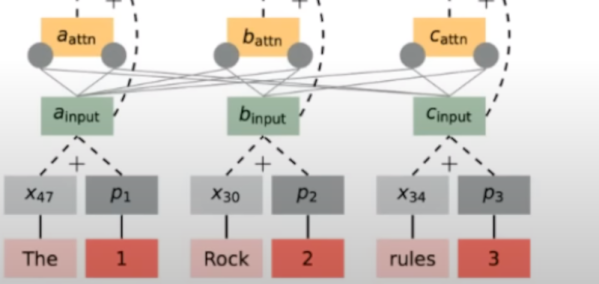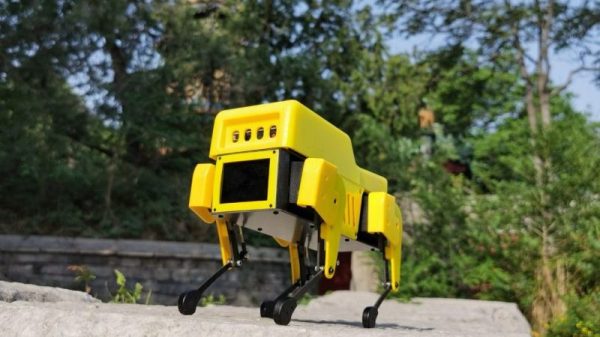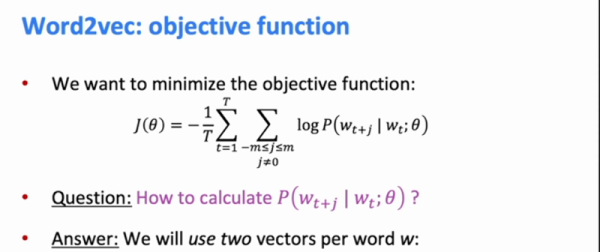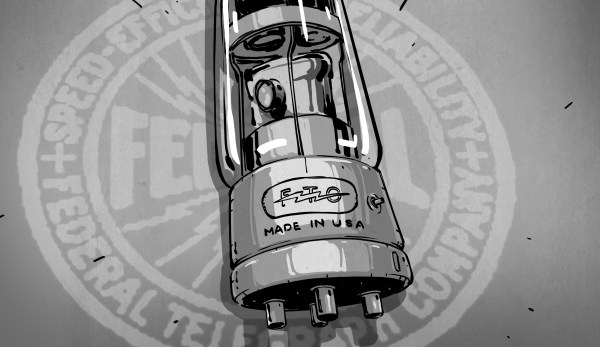While the disquieting appearance of some of the robots coming out of DARPA and other labs might give us some reservations about how much intelligence we want to give to those robots, there’s a lot to be learned from them before their inevitable global takeover. This small quadruped called the Mini Pupper is just the robot for that job. With a low cost and familiar platform, it’s the ideal robot to learn some of the tricks of the trade.
For a quadruped so small, some unique changes had to be made to ensure the robot’s functionality. There have been a few developments since it was first shown over a year ago. The first was to design a custom servo that could handle the unique characteristics of this robot. From there, some other improvements were made to the robot chassis such as using threaded rods for ease of assembly and maintenance. Some other things have stayed the same though like using a Raspberry Pi to handle the control systems and self-navigation.
Of course everything needed to make this robot yourself is open source, from the code to the schematics. For experimenting with quadrupeds and even with automatic navigation, this would be a great way to get started, and the small size will also limit its ability for a Skynet-style takeover as well. That’s a nice bonus.
Continue reading “Get Yourself A Pupper (For Education)” →

